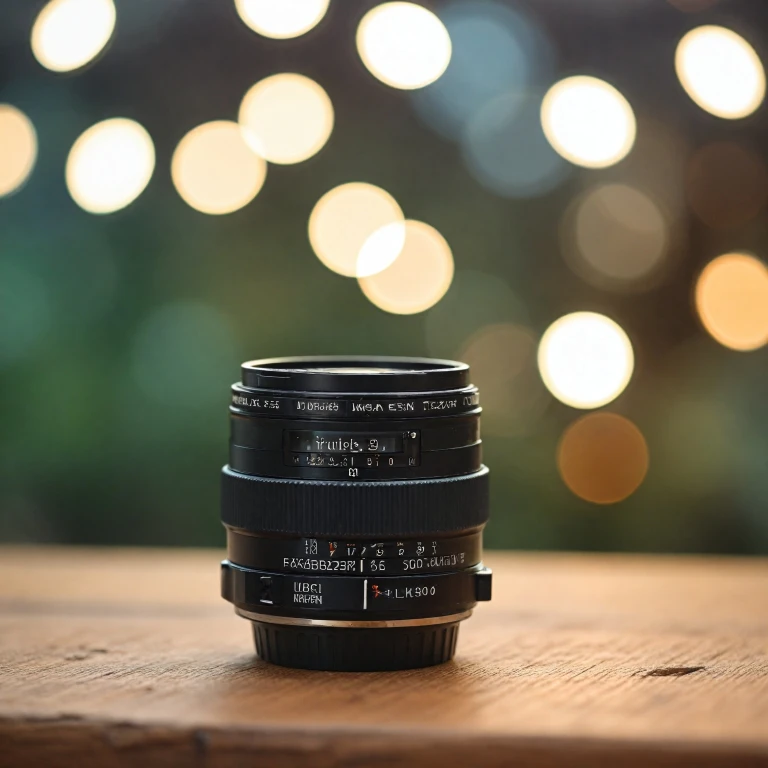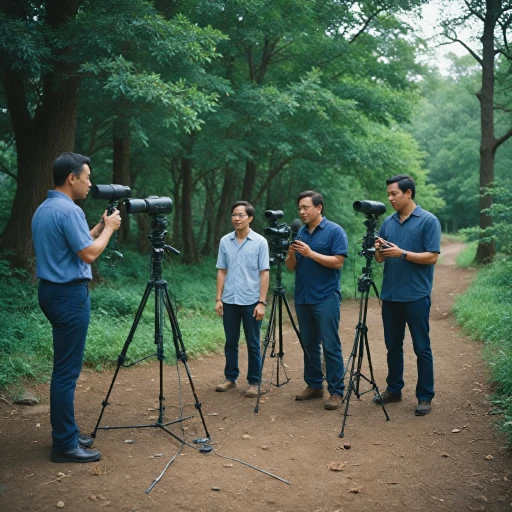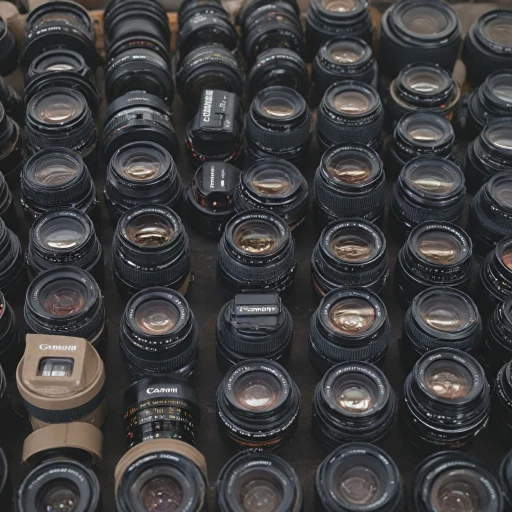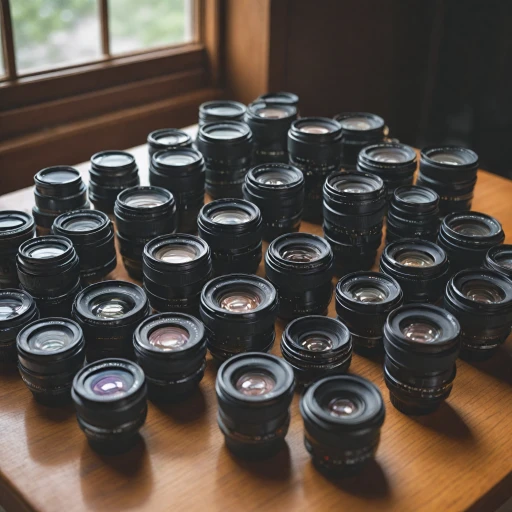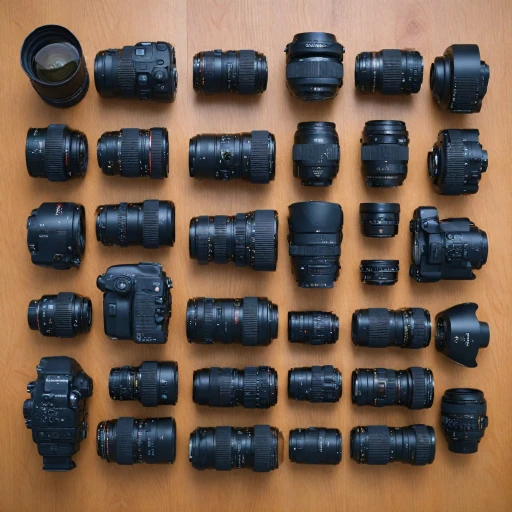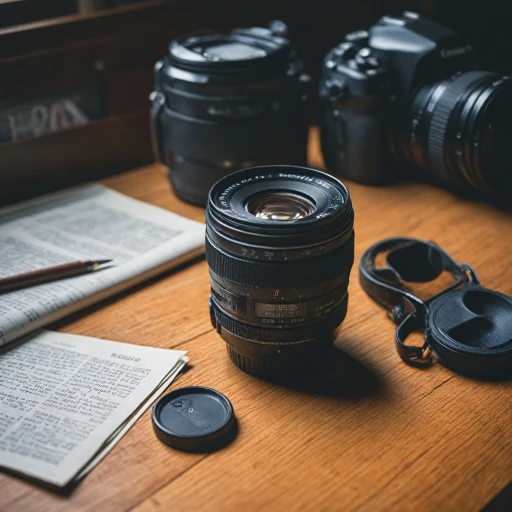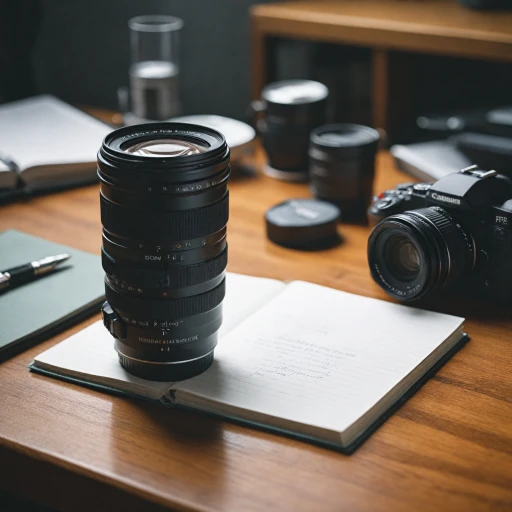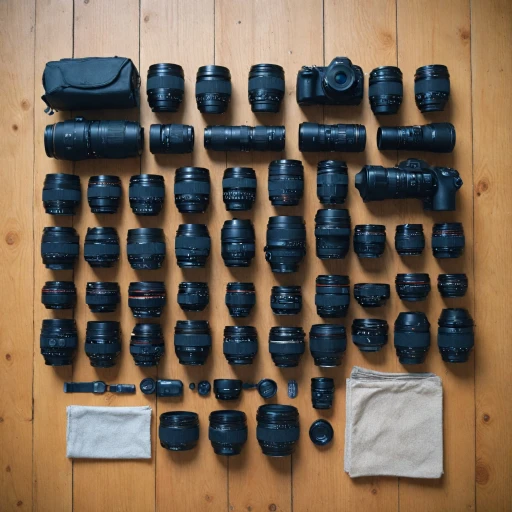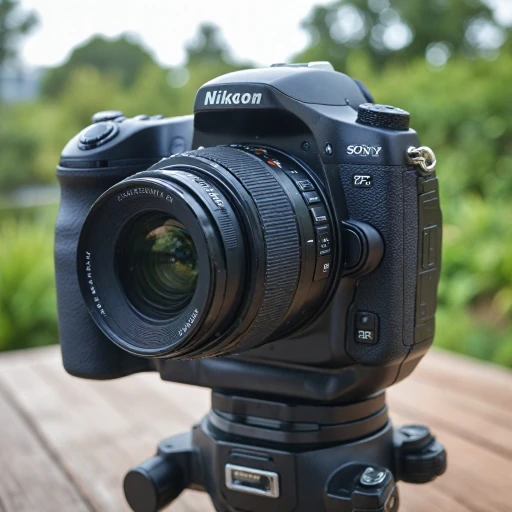Understanding the Canon FL 50mm f/1.8 Lens
Unearthing the Features of a Classic
The Canon FL 50mm f/1.8 lens is revered in photography circles for its combination of simplicity and performance. As a manual lens hailing from the historic Canon FL series, it offers photographers a throwback to traditional photography methods amid a world swayed by automation. The primary allure of this lens lies in its focal length and aperture capabilities, granting enthusiasts the opportunity to explore diverse photographic styles, from portraits to landscapes.
The aperture ring on this lens is a particularly cherished feature amongst its users, allowing precise aperture adjustments, enhancing creative control. With an aperture opening ranging from f/1.8, it provides a bright view, especially advantageous in low-light settings. Whether capturing the intimacy of a portrait or the vastness of a landscape, the lens delivers exeptional image quality.
Built to accompany Canon cameras with the FL lens mount, this unit pairs seamlessly with a variety of camera bodies. While modern Canon EOS cameras could require a mount adapter to fit this classic lens, photography enthusiasts often willingly take this additional step, appreciating the results afforded by integrating older lenses with contemporary systems.
When purchasing a classic Canon FL 50mm f/1.8 lens, factors such as the lens's overall condition, availability of mount adapters, and its historic value determine its price on platforms like eBay. Many collectors also view such lenses as valuable additions to their camera museum, celebrating the lens's contribution to the evolution of photography.
For an in-depth exploration of similar vintage lenses, you might be interested in our article on the different versions of the Canon FD 35mm f/2 lens. This additional reading can provide greater context and appreciation of the intricate world of legacy Canon lenses.
Compatibility and Mounting
Compatibility and Connection Choices
When it comes to exploring the versatility of your Canon FL 50mm f/1.8 lens, understanding how it mounts on different camera bodies is crucial. Being a vintage lens, the FL series utilizes a unique lens mount, designed initially for Canon's line of film cameras. But don't let that discourage you—there are several ways to adapt it for use on modern digital systems.
Mounting on Modern Cameras
- Mount Adapters: You will need a mount adapter to connect this lens to modern Canon EOS bodies or other digital camera systems. These adapters are readily available online, including platforms like eBay. They act as a bridge between the old and new, allowing seamless operation on digital systems.
- Maintaining Focal Length: It's important to note the change in effective focal length when mounted on different sensor sizes. For full-frame cameras, you maintain the original characteristics. However, on APS-C sensors, the field of view crops, slightly reducing your wide angle potential.
To learn more about optimizing performance with adapted lenses, consider this resource on optimal performance of a 24-105 lens.
Considerations for Lens Compatibility
- Aperture Ring: The aperture ring on this lens requires manual operation. While newer lenses often rely on electronic communication with the camera body, the FL 50mm demands manual adjustment for setting apertures.
- Viewfinder Alignment: Aligning the red dot on the lens with the mount camera’s indicator will help ensure proper connection and stability.
- Filter Size: If you're incorporating filters, the lens's filter size information is also important to note for compatibility with additional lens attachments like an extension tube.
Manual Focus Techniques
Nailing Precision with Manual Focus
The journey with a Canon FL 50mm f/1.8 lens becomes truly rewarding when you grasp the art of manual focusing. This skill, though challenging at first, lets photographers engage more deeply with their subjects, whether on film or a digital camera body. Mastering manual focus with this lens opens up a world of sharpness and detail that can stand shoulder to shoulder with its automatic counterparts. Achieving precision starts with understanding that the aperture ring and focus ring are your two main tools. The aperture ring helps control the amount of light entering the lens, while the focus ring allows you to zero in on your subject. Begin by setting your desired aperture; remember, a wider aperture (lower f-stop number) offers a shallower depth of field, ideal for portraits. Steps to Enhance Manual Focus:- Ensure your camera is set to manual mode, allowing you full control over lens adjustments.
- Rotate the focus ring gently to bring your subject into clarity, using the viewfinder to check for sharpness.
- Take advantage of the camera’s focus peaking feature, if available, which highlights the in-focus areas and aids in achieving razor-sharp images.
- Familiarize yourself with the focus distance scale often displayed on the lens barrel. This aids in estimating the distance between the lens and the subject, beneficial when practicing zone focusing techniques.
Creative Uses and Applications
Expanding Your Creative Palette
With the Canon FL 50mm f/1.8 lens securely mounted on your camera body, you're ready to dive into a world of creative possibilities that manual focus lenses offer. The tactile experience of adjusting the focus ring and manually controlling the aperture ring allows you to capture images with precision and artistry.Playing with Depth of Field
One of the fascinating aspects of using this lens is the ability to experiment with depth of field. By adjusting the aperture ring, you can achieve a shallow depth of field for subject isolation or a wider depth for capturing more detail in landscapes. This capability becomes a powerful tool in portrait photography, where the lens helps your subject stand out against beautifully blurred backgrounds.Creating Stunning Bokeh
The Canon 50mm f/1.8 lens is also well-regarded for the quality of its bokeh—aesthetic out-of-focus areas in the photo. By utilizing a wide aperture, you can create creamy, smooth bokeh that adds a professional and artistic touch to your images. This is particularly effective when shooting in environments with complex backgrounds like bustling cityscapes or when photographing through a lens mount adapter.Leveraging Manual Focus for Artistic Shots
Manual focus, though requiring practice, offers a unique artistic control that auto-focus systems might lack. It encourages a deliberate approach to photography, where you can focus on selective areas, enhancing the narrative of your image. This is ideal for macro photography where precision is essential, or in situations with challenging lighting conditions.Exploring Low-Light and Night Photography
Thanks to its wide aperture, the Canon FL 50mm f/1.8 is a fantastic tool for low-light environments. Whether capturing urban landscapes under streetlights or shooting indoor scenes, this lens allows you to maximize available light and reduce reliance on high ISO settings, preserving image quality. Utilizing this lens, combined with the techniques mentioned, not only enhances your technical skills but also pushes your creative boundaries, allowing you to use your Canon camera as a means of artistic expression. Whether your interests lie in the quiet contemplation of still life, the dynamic motion of street photography, or the classic beauty found in a photography museum piece, the potential applications of this lens are extensive and enriching.Maintenance and Care Tips
Keeping Your Canon FL 50mm f/1.8 in Top Shape
To ensure the longevity and optimal performance of your Canon FL 50mm f/1.8 lens, it's crucial to maintain it properly. Here are some practical tips to keep your lens performing like new:- Cleaning the Lens: Use a soft microfiber cloth to gently wipe the lens glasses. Avoid harsh chemicals; instead, use a specialized lens cleaner. Don’t forget the aperture ring and other delicate parts.
- Storage Considerations: Store the lens in a cool, dry place to prevent mold growth and material deterioration. Consider using a lens case for extra protection against dust and impacts.
- Avoiding Moisture and Dust: Ensure that your lens is properly mounted on the camera body to protect the internal system from dust and moisture. A mount adapter can facilitate this on different cameras.
- Inspect the Mount: Regularly check the lens mount and the camera body for signs of wear or damage. A faulty canon mount can lead to unstable focusing and other issues.
- Regular Use: Believe it or not, regular use of your lenses, including this canon lens, can help maintain the integrity of moving parts like the focus ring, adding to the lens's longevity.
Troubleshooting Common Issues
Tackling Common Challenges with Your Canon FL 50mm f/1.8
When using a manual lens like the Canon FL 50mm f/1.8 on your camera body, you might encounter some issues along the way. Fortunately, many of these problems are simple to troubleshoot and fix. Here's a guide to help you keep your photography sessions smooth.- Focus Challenges: If you find that your subjects are consistently out of focus, practice refining your manual focus techniques. Utilize the focus ring and viewfinder to achieve a sharper image. Consider using a tripod for stability, especially in low-light situations where the camera's aperture becomes more critical.
- Mount Compatibility: Ensure that you're using the correct mount adapter when attaching the lens to your camera. Mismatched adapters can lead to a failure in the lens mount connection, impacting your ability to capture images properly. Verify the type of adapter and its compatibility with your specific cameras and lenses before purchasing, checking reliable sources like museum displays or trusted online auctions such as eBay.
- Aperture Ring Stiffness: A resistant aperture ring could hinder your ability to adjust the lens aperture smoothly. To resolve this, consider cleaning the lens system gently, paying special attention to the ring area that may collect dust over time. Regular maintenance, including using a clean, soft brush or a lens cleaning solution, can prevent this issue.
- The "Red Dot" Alignment: Ensure your lens aligns correctly with the red dot on the camera mount. Misalignment may cause the lens not to sit firmly on the camera body, leading to shakiness or disconnections during use. Proper alignment is essential for maintaining stability and secure attachment.
- Dealing with Price Fluctuations: You might find varied pricing on Canon lenses when buying second-hand or online. Research extensively to find the best deals, considering condition and included accessories like extension tubes or mount adapters, to maximize value and performance from this manual lens.
